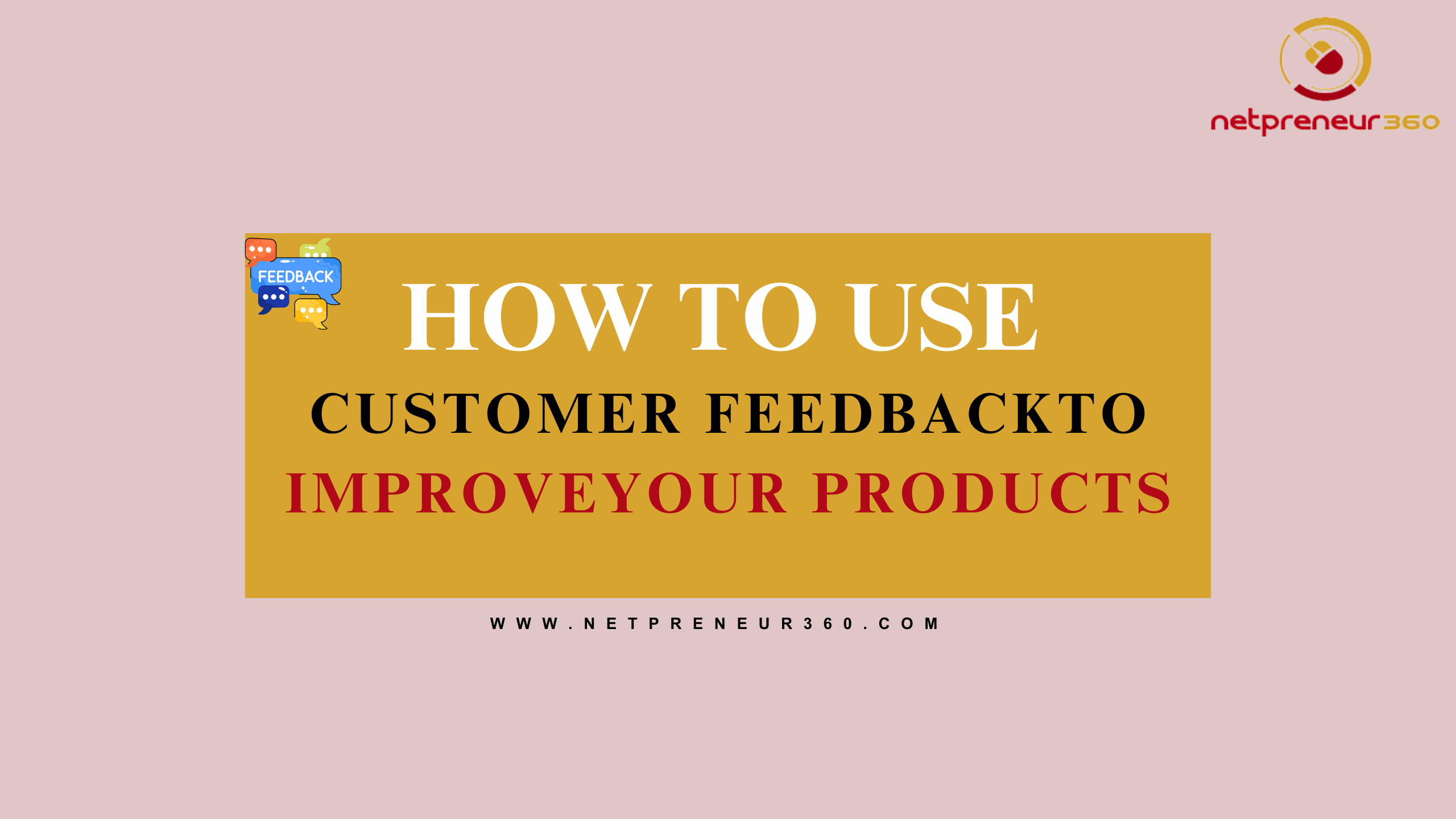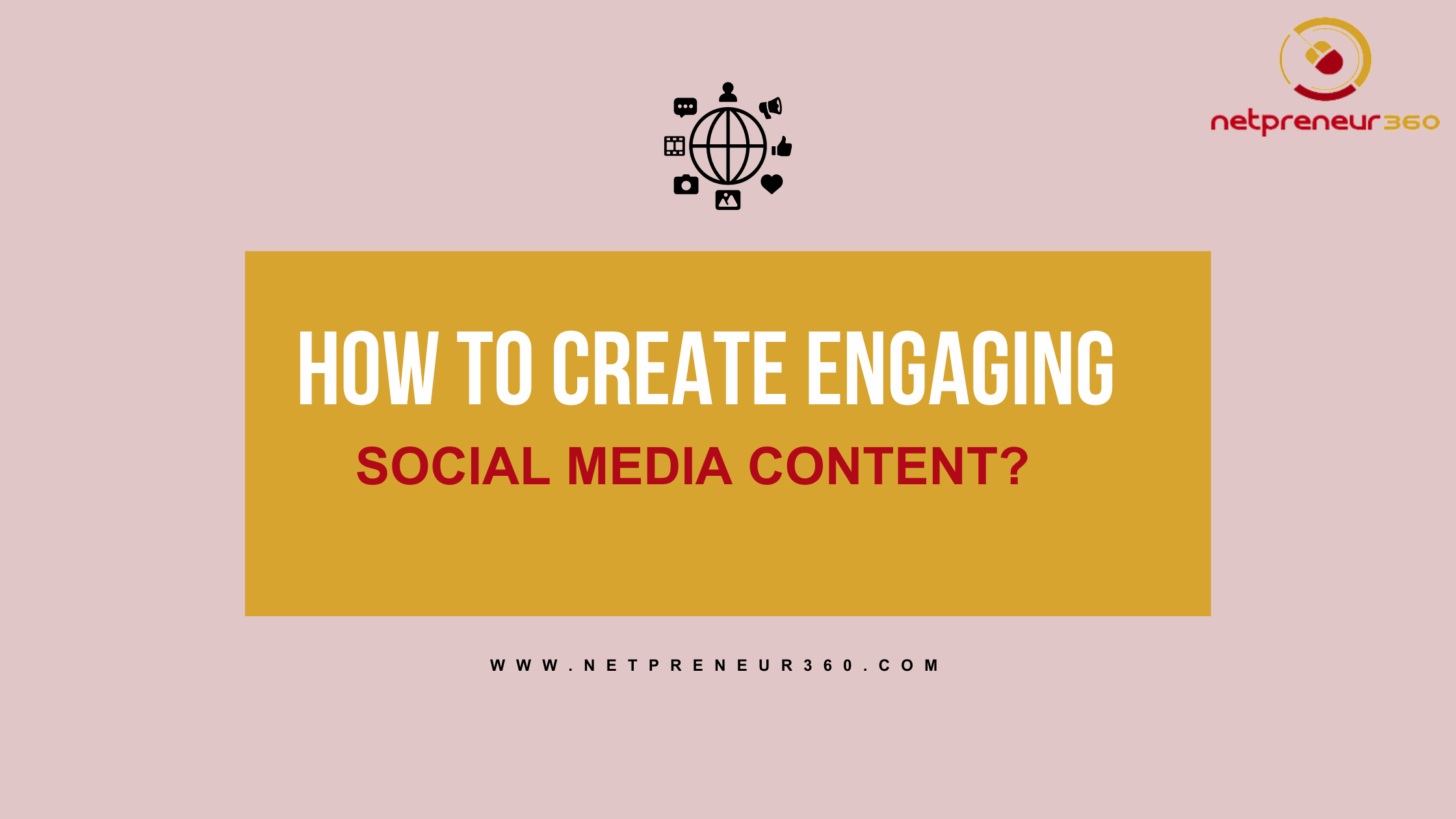Email marketing has proven to be one of the most powerful tools for digital entrepreneurs, helping to drive sales, build relationships, and grow businesses. Whether you’re just starting out or looking to enhance your current strategy, understanding the ins and outs of email marketing is key to unlocking its full potential. In this post, we’ll break down the key steps to using email marketing effectively in a way that is easy to understand and implement, even if you’re a complete newbie or rookie.
Why Email Marketing Is Essential for Digital Entrepreneurs
Email marketing remains one of the most reliable and cost-effective channels to reach your audience. In fact, studies show that for every $1 spent on email marketing, you can expect an average return of $42. That’s an impressive ROI, making email marketing an essential part of any digital entrepreneur’s toolkit.
Key Benefits of Email Marketing:
- Direct Communication: Unlike social media, emails allow you to communicate directly with your audience without worrying about platform algorithms.
- Personalization: Emails can be personalized based on the recipient’s behavior, preferences, and needs, increasing engagement and conversions.
- Automation: Email marketing tools allow you to automate campaigns, saving you time while ensuring consistent communication with your audience.
Pro Tip: When starting with email marketing, remember to use a reliable email service provider like Mailchimp or ConvertKit to manage your campaigns and build your email list.
Step 1: Building Your Email List
The foundation of any successful email marketing campaign is a strong email list. But how do you start building one? Here’s how you can get your first subscribers, even if you’re new to email marketing.
How to Build Your Email List:
- Create a Lead Magnet: A lead magnet is a free resource you offer in exchange for an email address. It could be an ebook, checklist, video, or free trial.
- Opt-In Forms on Your Website: Place opt-in forms in high-traffic areas of your website like the homepage, blog posts, and landing pages.
- Social Media Promotion: Promote your lead magnet and opt-in forms on social media to encourage your followers to subscribe.
- Collaborate with Others: Partner with influencers or businesses in your niche for joint promotions or giveaways to expand your reach.
Key Takeaway: Building an email list requires offering value upfront. Make sure your lead magnet solves a specific problem your audience has.
Step 2: Crafting Engaging Emails
Once you have subscribers, the next step is creating emails that keep your audience engaged and interested in what you have to offer. Engaging emails are the key to turning subscribers into paying customers.
Elements of an Engaging Email:
- Compelling Subject Line: Your subject line is the first thing your subscribers will see, so make it catchy. Keep it short, intriguing, and relevant to the content of the email.
- Personalized Content: Use your subscriber’s name and segment your list to send targeted emails based on interests or behaviors.
- Clear Call-to-Action (CTA): Each email should have a clear goal, whether it’s driving traffic to your website, encouraging a purchase, or downloading a resource. Ensure your CTA is easy to find and actionable.
Pro Tip: Use tools like Grammarly or Hemingway to ensure your emails are easy to read and free of grammar mistakes. This will help maintain a high readability score.
Step 3: Automating Your Campaigns
Automation is the secret sauce of email marketing that makes it efficient and scalable. It allows you to send emails to your subscribers at the right time based on their behavior or specific triggers.
Examples of Automated Email Campaigns:
- Welcome Series: When someone subscribes to your list, set up a series of welcome emails introducing them to your brand and offering value from the start.
- Cart Abandonment Emails: If you run an ecommerce business, set up cart abandonment emails to remind customers who have left items in their shopping carts.
- Follow-Up Sequences: After a purchase or consultation, set up follow-up emails to nurture the relationship and encourage repeat business.
Key Takeaway: Automation helps you save time and ensures that you’re consistently engaging with your audience, even when you’re not actively sending emails.
Step 4: Segmenting Your Email List
Not all of your subscribers will be interested in the same content. Segmenting your email list allows you to send more personalized and relevant content to different groups of subscribers, increasing the likelihood of engagement and conversion.
Ways to Segment Your Email List:
- Demographics: Segment based on age, location, or gender if relevant to your business.
- Customer Behavior: Track what products or services your subscribers are interested in and send them personalized offers.
- Engagement Level: Send re-engagement campaigns to subscribers who haven’t opened your emails in a while and reward your most loyal subscribers with exclusive offers.
Pro Tip: Start small by segmenting based on just one factor, like past purchases or the type of content they’ve shown interest in. As your business grows, you can get more sophisticated with segmentation.
Step 5: Analyzing Your Results
To truly understand how well your email marketing campaigns are performing, you need to analyze your results. Most email service providers come with built-in analytics, giving you key insights into what’s working and what isn’t.
Key Metrics to Track:
- Open Rate: The percentage of people who open your emails. A low open rate may indicate that your subject lines aren’t compelling enough.
- Click-Through Rate (CTR): The percentage of people who clicked on a link in your email. A low CTR could mean that your email content or CTA needs improvement.
- Conversion Rate: The percentage of subscribers who took the desired action (e.g., made a purchase, signed up for a webinar). This shows how well your emails are driving business results.
Pro Tip: Use A/B testing to compare different subject lines, email content, and CTAs to see what resonates best with your audience.
Step 6: Keeping Your Emails Consistent and Valuable
Consistency is key when it comes to email marketing. You want your subscribers to expect and look forward to your emails. However, it’s equally important to ensure each email you send offers value to your audience.
How to Keep Your Emails Consistent:
- Send Regularly: Choose a schedule (weekly, bi-weekly, monthly) that works for you and your audience.
- Stay on Brand: Keep your messaging, tone, and design consistent with your brand’s voice and style.
- Provide Value: Always ask yourself, “Is this email providing value?” Whether it’s educating, inspiring, or entertaining, ensure your emails serve a purpose.
Key Takeaway: Maintaining consistency and value in your emails will help build trust with your audience and keep them engaged with your brand.
Conclusion:
Unlocking the Power of Email Marketing
Email marketing is a powerful tool that can transform your digital business. From building relationships with your audience to driving conversions, a well-executed email marketing strategy can be the difference between a struggling business and a thriving one.
If you’re a digital entrepreneur, now is the time to harness the power of email marketing. Start by building your list, crafting engaging emails, and using automation to save time and increase results. With the right strategy, you’ll be well on your way to leveraging email marketing for growth and success.


















